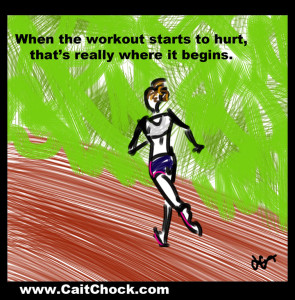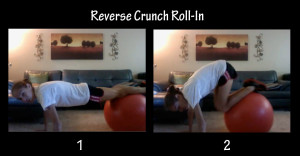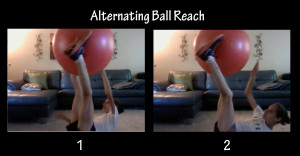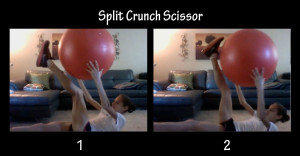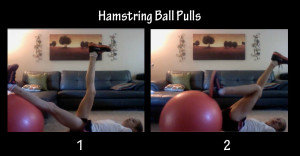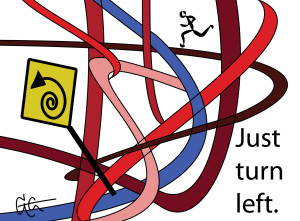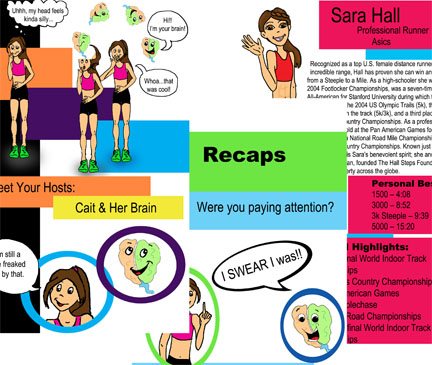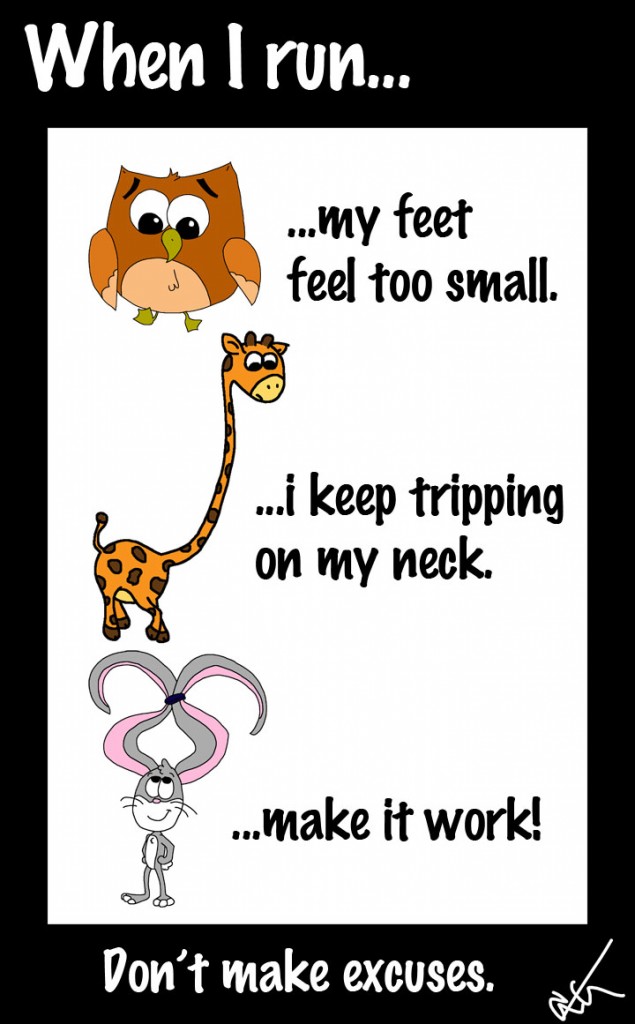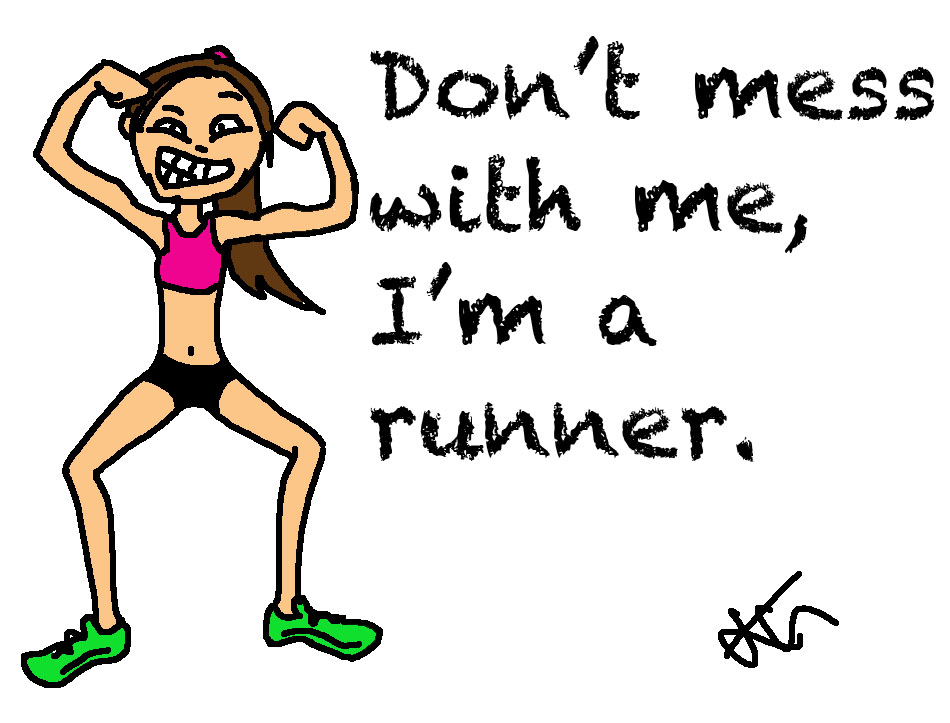Sometimes a runner just needs to rock it old school style and get back to basics. Look beyond the Garmins, the heart-rate monitors, the target zones, the iPod/iPhone widgets, connect this, upload that, FitBit, BodyBug, BodPodWod, run-a-shoe-whiz…you get the picture.
The tech world is awesome, it’s always providing us runners new ways to trick our run. But even the most pimped out of sports watches won’t do a thing if the legs aren’t there. Same goes for running shoes that seem straight out of NASA.

All the new running gadgets are training tools. Tools, nothing more. A tool is there to provide feedback, help guide you along. Certainly tools can be powerful ways to improve your training but a tool is not a God. Your Garmin is not, wait for it, a God.
Your running watch or shoes can’t distinguish perceived effort. It can’t make the adjustment for effort vs. time. Black and white numbers don’t tell you the full story, sometimes they lie. Running into the eye of a hurricane during 400 meter repeats, your watch can’t portray how HARD that XX:XX was.
In the end: EFFORT trumps TIME.
Work ethic will trump the newest, lightest shoe. A spike alone won’t race to a PR, I’m sorry.
Take advantage of these amazing, mind-blowing training tools. Having a virtual training log or place to report your mileage and workouts to is great, it can act as motivation and incentive for people to go OUT and run. In that regard it’s wonderful to have a community of runners cheering you on and kindly kicking your butt out the door.
[Napping in my Ezzere Peacock Runner Tee, you can BUY YOURS HERE! ]
Garmins and watches can also turn into mental nightmares if you get TOO hung up on the numbers and overly competitive. Quick rules:
* Easy Days:
Keep them easy. Don’t race your d**n Garmin.* Hard Days: Effort is ultimately the God, not the time. You know what hard feels like, you know what quasi-hard feels like, and if you know the goal for the day’s workout then the equation is simple. Go hard.
* Community Danger: The bad things with everyone knowing your workouts and weekly milage is getting competitive for the sake of just being competitive. So ask yourself these questions: 1) Do they award medals to people in training or is it on race day? 2) Are you doing XX miles and such-and-such workout because it’s in YOUR RUNNING’S best interest, or because you want to just brag you did XX miles.
So use all these tools, Runners, they’re out there, they can certainly provide some excellent feedback in planning your training. But ultimately you still need to listen to your body.
At the end of the day, sometimes you just gotta rock it old school.


